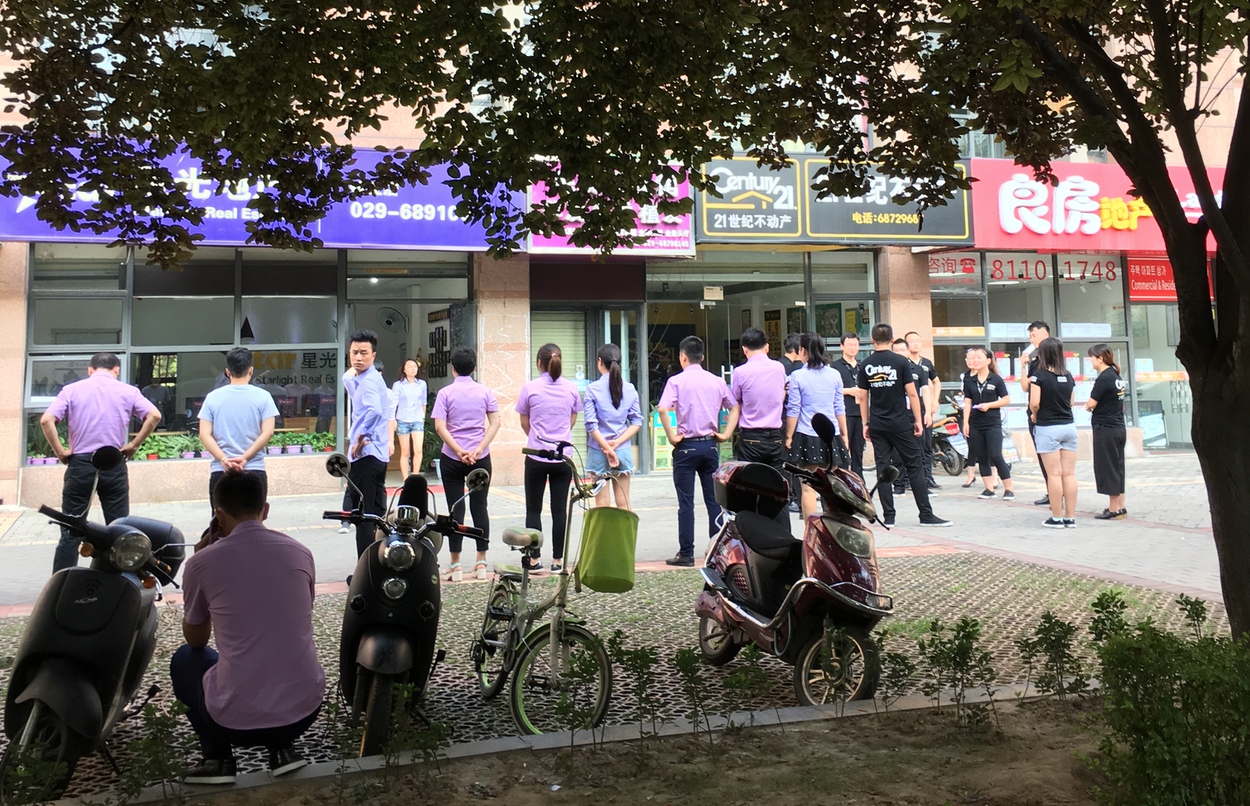 How to benefit from stand-up meeting continuously
How to benefit from stand-up meeting continuously

When talking about stand-up meeting, people probablely remember the 3 classic questions:
- What I have done yesterday
- What I am going to do today
- What stoped me Do you think it is too rigid to answer the questions every day? Is the stand-up meeting necessary after the team having the habit of communication anytime anywhere? Do you realize people always be late to join the meeting, having breakfast in the meeting, or playing cellphone in the meeting?
The are tons of article talked about the purpose, form and tips of stand-up meeting. But, people still can't get value from the meeting continuously after reading all of them.
Stand-up meeting is a team level practice, so we should dive into the team before starting any research of the form and techniques. I will not talk about any methods and techniques in this article, but try to analyze the value of stand-up meeting in different phases of the a team.
These is no team which is born to marvelous. A team always experience several phases in its lifecycle:
- Forming
- Storming
- Norming
- Performing
- Ending In the late performing phase, the team may get into platform phase, it behaviors as every thing follows the prescribed order,no improvement, people lost passion. Problems are changing as the phase changed, so the value of stand-up meeting changes.
Forming phase, Storming phase - Confidence building
 At the beginning of a team, or just join a team as a new member, the value of stand-up meeting is building confidence.
Reliable team member must have:
At the beginning of a team, or just join a team as a new member, the value of stand-up meeting is building confidence.
Reliable team member must have:
- Professional ability of getting things done
- Proactive attitude of taking tasks
- Cooperative sense
The classic 3 questions can present the above 3 characteristics:
- What I have done yesterday - I have professional skills to get some kind of things done
- What I am going to do today - I think positively and take tasks proactively
- What stoped me - I am not All-powerful, I expose problems because I trust my team
Norming phase, Performing phase - Focus on value

In software development, features start produce value only after user start using it. So for a feature, we should reduce the waiting time to make the period of analyzing, coding, testing, deploying shortest.
As team members get to know each other better and better, the team get into norming and performing phase. The focus should transfer from people to things, or pay attention to baton but not the athletes.
Performing phase - Ceremonial sense
 In the late part of a project, both business and technique get not challenging. Things going on step by step, passion is losing, the team tends to get into platform phase.
At this moment, stand-up meeting is more like a ceremony, let every team member remember we are working as a team, not alone.
Product manager should share positive feedback from customer, or the growing of user scale or revenue. Let team member know their work is valuable, get sense of achievement continuously.
In the late part of a project, both business and technique get not challenging. Things going on step by step, passion is losing, the team tends to get into platform phase.
At this moment, stand-up meeting is more like a ceremony, let every team member remember we are working as a team, not alone.
Product manager should share positive feedback from customer, or the growing of user scale or revenue. Let team member know their work is valuable, get sense of achievement continuously.
In addition, stand-up meeting could be the watershed of life and work. We load work context into brain, start an effective day from stand-up meeting.
We adapt practice to sovle problems, so we can not discuss the practice out of the problem context. We should always think:
- What problem the practice can sovle?
- Are the problem still exists?
- Is there any better solutions?
Being agile is not follow best practices, figure out what problem we are facing, then pick and cut practices properly to keep agility!